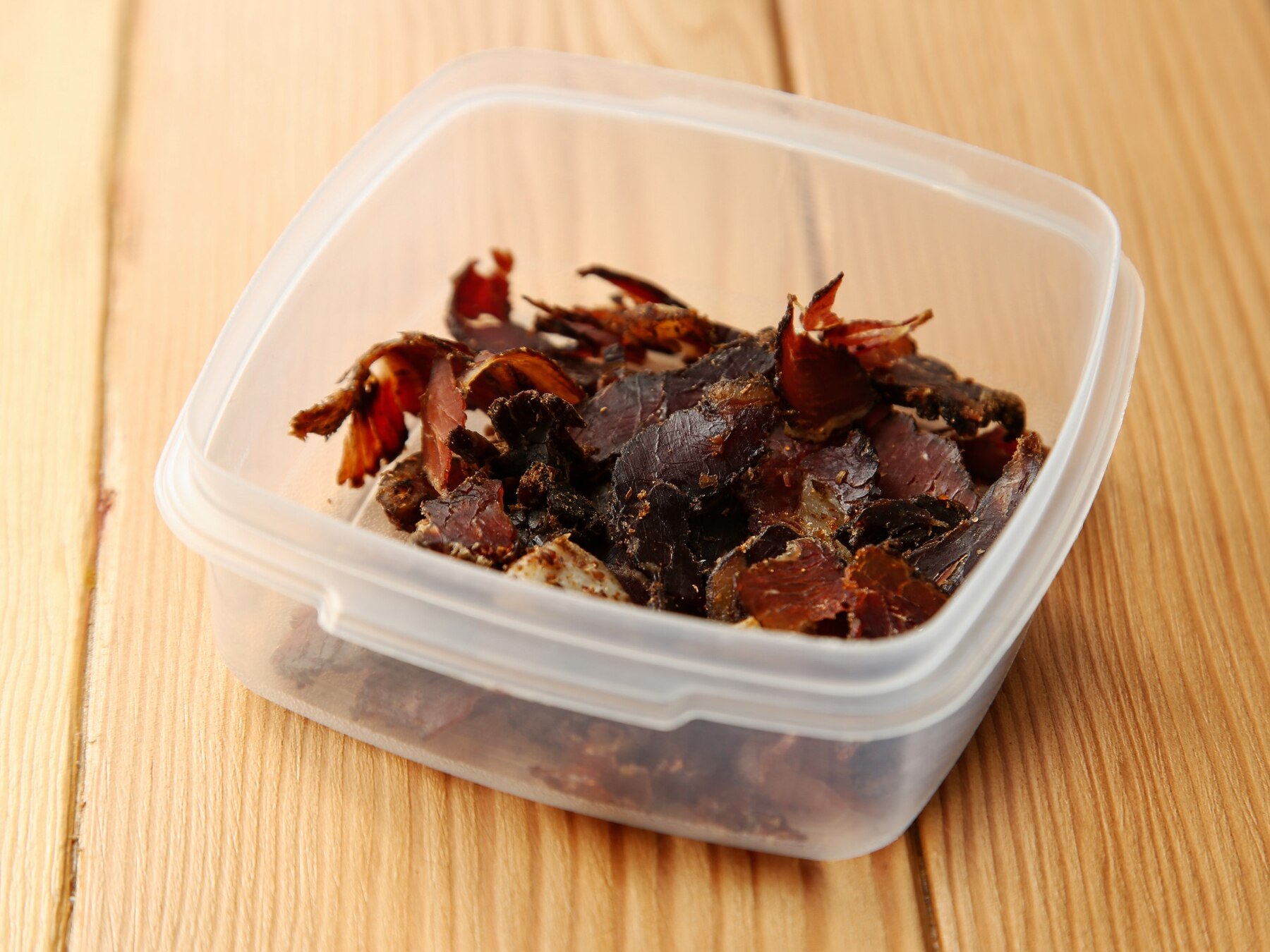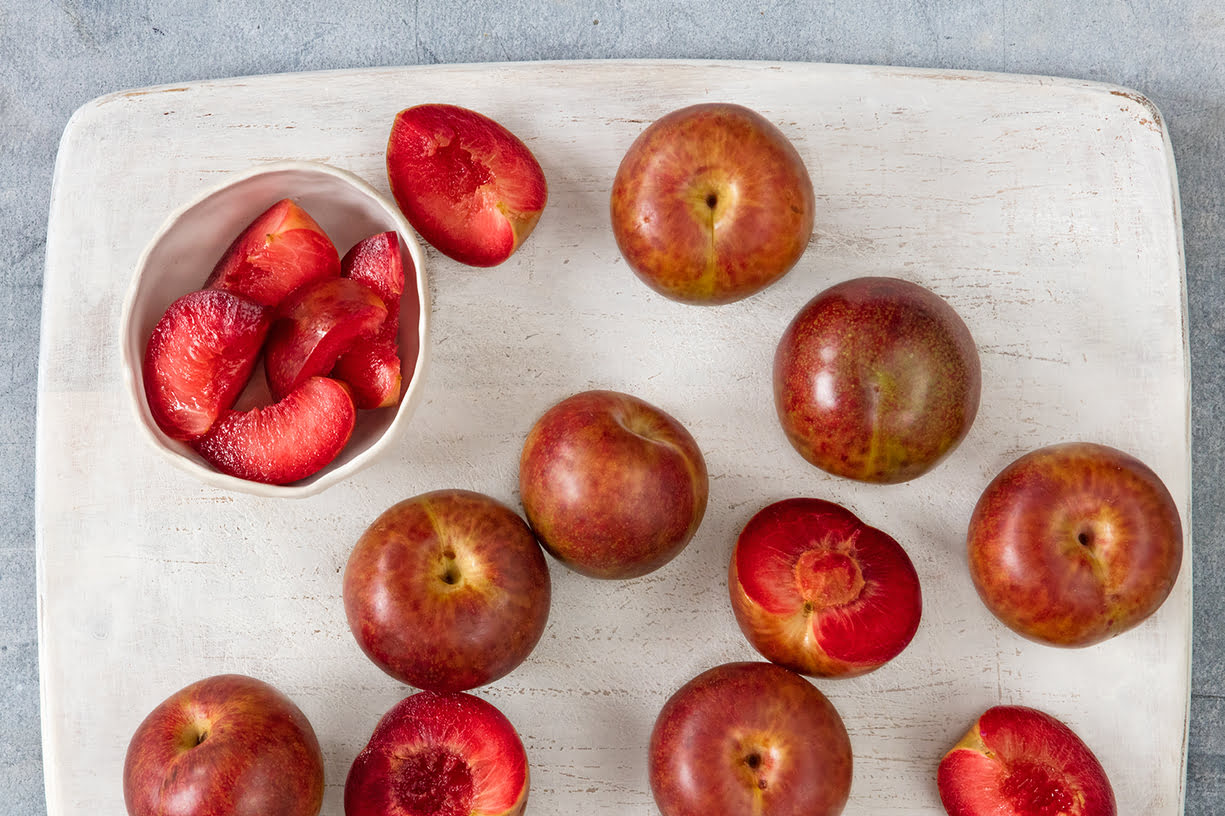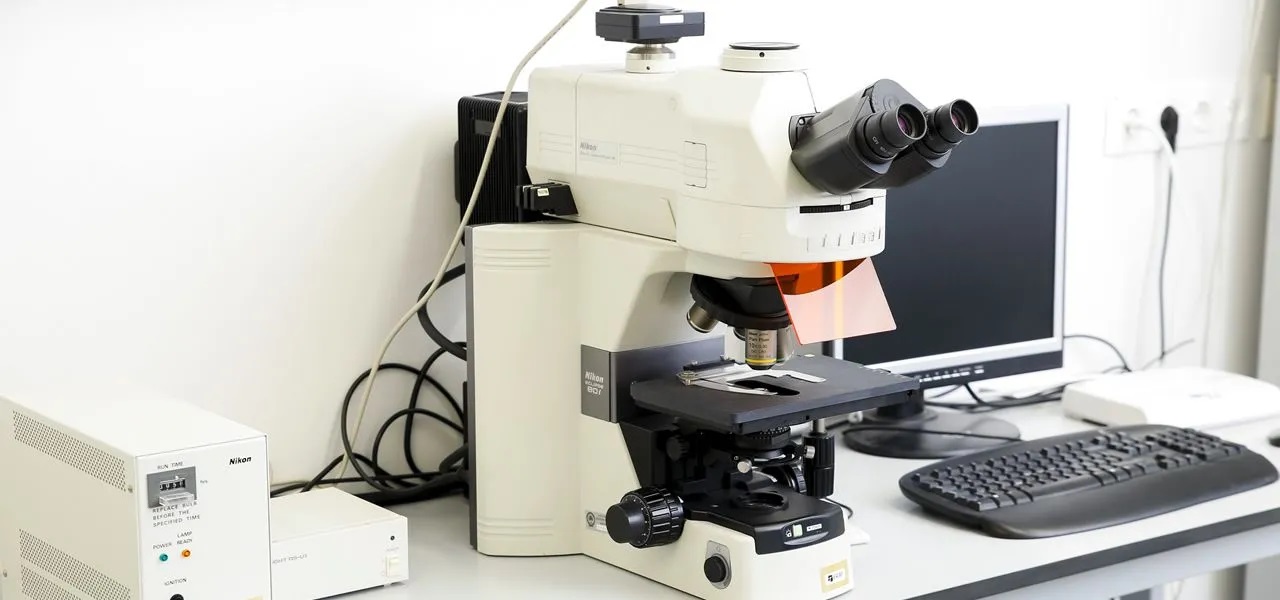

Articles
How To Store Cymbals
Modified: January 6, 2024
Looking for articles on how to store your cymbals safely? Discover expert tips and tricks for preserving the quality and longevity of your cymbals.
(Many of the links in this article redirect to a specific reviewed product. Your purchase of these products through affiliate links helps to generate commission for Storables.com, at no extra cost. Learn more)
Introduction
Storing cymbals properly is essential for maintaining their sound quality and longevity. Whether you’re a professional drummer or a hobbyist, proper cymbal storage ensures that your investment is protected and ready for use whenever you need it. In this article, we’ll explore the step-by-step process of storing your cymbals correctly and provide valuable tips to keep them in pristine condition.
When it comes to cymbal storage, several factors should be considered, including the storage space, cleaning and preparation, selection of suitable cases or bags, arranging and storing the cymbals, and ongoing maintenance and protection. By following these steps, you can preserve the sound quality and visual appeal of your cymbals, ensuring they last for years to come.
So let’s dive into the details and discover how to properly store your cymbals!
Key Takeaways:
- Proper cymbal storage involves choosing the right space, cleaning and preparing the cymbals, selecting suitable cases or bags, arranging and storing the cymbals, and maintaining and protecting them. These steps ensure longevity and optimal sound quality.
- Regular maintenance, proper handling, and investing in protective accessories are essential for preserving cymbals. By following these practices, drummers can extend the lifespan of their cymbals and maintain their desired sound quality.
Read more: How To Store Store-Bought Bread
Step 1: Choosing the Right Storage Space
Before you begin storing your cymbals, it’s important to identify the ideal storage space. Factors such as temperature, humidity, and accessibility should be taken into consideration to ensure the longevity of your cymbals.
First and foremost, choose a space that is dry and free from extreme temperature fluctuations. High humidity can cause corrosion and damage to your cymbals, while rapid changes in temperature can lead to cracks or warping. Ideally, the storage space should have a climate-controlled environment to maintain stable conditions.
If possible, store your cymbals in a dedicated room or area where they won’t be disturbed or exposed to potential accidents. Consider installing shelves or racks to keep the cymbals organized and easily accessible. This will also prevent them from getting scratched or damaged due to mishandling.
Furthermore, be mindful of the space constraints and the number of cymbals you have. If you have a large collection, opting for a larger storage space will allow you to keep them separate and avoid overcrowding. This will help prevent accidental collisions and minimize the chances of damage.
Lastly, consider the security of the storage space. If you have valuable or vintage cymbals, it’s essential to keep them in a secure area with limited access. This will protect them from theft or unauthorized handling.
By carefully choosing the right storage space, you can create an environment that promotes the longevity and preservation of your cymbals.
Step 2: Cleaning and Preparing the Cymbals
Before storing your cymbals, it’s crucial to clean and prepare them properly. This not only ensures that they remain in good condition but also helps to maintain their sound quality.
Start by removing any dust, dirt, or grime from the cymbals. Use a soft, non-abrasive cloth to gently wipe the surface of each cymbal. Be careful not to apply too much pressure or scrub vigorously, as this can damage the cymbal’s finish.
If your cymbals have built-up residue or tarnish, you may need to use a cymbal cleaner specifically formulated for this purpose. Follow the manufacturer’s instructions and apply the cleaner sparingly, taking care to avoid contact with any logos or engravings on the cymbal.
After cleaning, it’s essential to dry the cymbals thoroughly. Use a clean, dry cloth to remove any moisture or cleaning solution. Ensure that the cymbals are completely dry before proceeding to the next step, as storing damp cymbals can lead to corrosion or discoloration.
In addition to cleaning, consider applying a protective layer to the cymbals. Some drummers prefer to use a thin layer of cymbal wax or a specialized cymbal protector to prevent tarnish and protect the cymbals’ finish. Follow the product instructions and apply the protective layer evenly to the cymbal’s surface.
Lastly, inspect the cymbals for any signs of damage or wear. Check for cracks, chips, or keyholing (when the hole in the center of the cymbal widens due to repeated use). If you notice any issues, it’s best to address them before storing the cymbals, as using damaged cymbals can lead to further deterioration.
By cleaning and preparing your cymbals before storage, you can ensure that they remain in optimal condition and maintain their sound quality for years to come.
Step 3: Selecting Suitable Cases or Bags
Choosing the right cases or bags is crucial for protecting your cymbals during storage. Proper cases or bags not only prevent physical damage but also shield the cymbals from dust, moisture, and other environmental factors that can contribute to corrosion or deterioration.
When selecting cases or bags, consider the size and number of cymbals you have. Ensure that the cases or bags have enough room to comfortably fit all your cymbals without overcrowding. Overfilling a case or bag can increase the risk of damage due to pressure and movement.
There are two main types of cymbal protection options: hard cases and soft bags. Hard cases provide excellent protection against impact and are recommended for touring or traveling drummers who need to transport their cymbals frequently. Look for cases made from durable materials like ABS plastic or fiberglass, with padded dividers to separate the cymbals and prevent them from touching each other.
Soft bags, on the other hand, are a more lightweight and portable option. They are suitable for drummers who primarily store their cymbals at home or have shorter distance transportation needs. Look for bags with thick padding, reinforced edges, and sturdy handles or straps.
Regardless of the type of protection you choose, ensure that the cases or bags have a lining that is soft and non-abrasive. This will prevent scratches or damage to the cymbal’s finish during storage. Additionally, consider cases or bags with weather-resistant features, such as water-resistant materials or zippers, to protect against moisture and environmental elements.
When storing your cymbals in cases or bags, make sure to place them in an upright position. Avoid stacking cymbals on top of each other, as this can lead to cracking or warping. If possible, place a soft cloth or foam separator between each cymbal to provide extra padding and prevent contact.
By selecting suitable cases or bags for your cymbals, you can ensure that they are protected from physical damage, moisture, and dust, extending their lifespan and maintaining their quality.
Store cymbals in a cool, dry place to prevent corrosion and damage. Use padded cymbal bags or hard cases to protect them from dents and scratches. Avoid stacking cymbals on top of each other to prevent warping.
Step 4: Arranging and Storing the Cymbals
Once you have prepared your cymbals and chosen suitable cases or bags, it’s time to arrange and store them properly. Proper arrangement and storage not only keep your cymbals organized but also prevent them from scratching or damaging each other.
Start by arranging your cymbals in the order that you prefer to use them. This will make it easier to locate and access specific cymbals when you need them. You can arrange them based on size, type of cymbal, or personal preference.
When placing the cymbals in cases or bags, ensure that each cymbal has its own designated space. Avoid overcrowding or squeezing them tightly together, as this can increase the risk of damage. Use the dividers or separators provided with the cases or bags to keep the cymbals separated and prevent them from touching each other.
If you are storing multiple cymbals in a single case or bag, consider placing the larger and heavier cymbals at the bottom. This will provide stability and prevent them from resting directly on the smaller, more delicate cymbals. Alternatively, you can layer the cymbals with soft cloth or foam separators to provide additional cushioning.
Once the cymbals are securely in place, close the cases or bags properly. Ensure that zippers are fully zipped, buckles are secured, or latches are fastened. This will further protect the cymbals from dust, moisture, and any accidental movement.
Store the cymbals in an area where they are unlikely to be bumped, knocked over, or exposed to extreme temperatures. Avoid storing them near heat sources, direct sunlight, or areas with high humidity. These conditions can cause damage such as warping, cracking, or tarnishing.
Label your cases or bags to easily identify the contents. This is particularly useful if you have multiple sets of cymbals or different types of cymbals for various music genres. Clear labeling will help you quickly locate the cymbals you need without having to search through each case or bag.
Remember, arranging and storing your cymbals properly not only keeps them protected but also makes it convenient for you to find and use them when needed. This helps to maintain their condition and ensure they are always ready for your next drumming session or performance.
Read more: How To Store Basil From Grocery Store
Step 5: Maintaining and Protecting the Cymbals
Storing your cymbals is not the end of the process. To ensure their longevity and optimal performance, it’s important to provide ongoing maintenance and protection. By implementing a few simple practices, you can keep your cymbals in excellent condition for years to come.
Regularly inspect your cymbals for any signs of wear, cracks, or damage. If you notice any issues, address them promptly. Small cracks can be repaired by a professional cymbal technician, while extensive damage may require the cymbal to be replaced. Regular maintenance and repairs will help preserve the sound quality and prevent further deterioration.
Keep your cymbals clean by wiping them down after each use. Remove any dirt, sweat, or fingerprints using a soft cloth. Avoid using abrasive cleaners or harsh chemicals, as they can damage the cymbal’s finish. If necessary, use a mild dish soap or specialized cymbal cleaner and follow the manufacturer’s instructions.
Store your cymbals in a secure and stable location. Avoid placing heavy objects on top of the cases or bags, as this can lead to pressure and potential damage. Regularly check the storage area for any signs of moisture, temperature fluctuations, or pests. Make sure the cases or bags are in good condition and replace them if they show signs of wear or deterioration.
When transporting your cymbals, handle them with care. Use padded bags or cases specifically designed for transportation. Avoid dropping or mishandling the cymbals, as this can cause dents, cracks, or other types of damage. If possible, use padded dividers or separators to keep the cymbals secure and prevent them from moving around during transportation.
Consider investing in cymbal sleeves or protectors for additional protection. These accessories fit over the cymbals and provide an extra layer of cushioning to guard against scratches and minor impacts. They are especially useful for drummers who frequently transport their cymbals or play gigs where the cymbals may be handled by multiple individuals.
Lastly, regular maintenance and care extend beyond storing and cleaning. Take the time to learn proper cymbal playing techniques to minimize the risk of damage from excessive force or hitting the cymbals incorrectly. Use appropriate drumsticks or mallets for each type of cymbal to prevent unnecessary wear and tear.
By implementing these maintenance and protection practices, you can significantly prolong the life of your cymbals and ensure they continue to deliver the desired sound quality for your drumming needs.
Conclusion
Properly storing your cymbals is essential for maintaining their sound quality, prolonging their lifespan, and protecting your investment. By following the step-by-step process outlined in this article, you can ensure that your cymbals remain in optimal condition for years to come.
Choosing the right storage space, cleaning and preparing the cymbals, selecting suitable cases or bags, arranging and storing the cymbals, and maintaining and protecting them are all critical steps in the cymbal storage process.
Remember to choose a storage space that is dry, climate-controlled, and secure. Clean and prepare your cymbals properly, ensuring they are dry and applying a protective layer if desired. Select suitable cases or bags that provide adequate protection and organization. Arrange and store the cymbals in a way that prevents damage and makes them easily accessible. Finally, maintain and protect your cymbals through regular inspections, cleaning, and careful handling.
By following these guidelines, you can ensure that your cymbals retain their sound quality and visual appeal for years to come. Whether you’re a professional drummer, a passionate hobbyist, or someone starting their musical journey, proper cymbal storage is key to maximizing your drumming experience.
So, take the time to invest in the proper storage equipment, establish a routine for cleaning and maintenance, and give your cymbals the care and attention they deserve. Your cymbals will thank you with beautiful sounds and a longer lifespan, bringing joy to your drumming for years to come.
Frequently Asked Questions about How To Store Cymbals
Was this page helpful?
At Storables.com, we guarantee accurate and reliable information. Our content, validated by Expert Board Contributors, is crafted following stringent Editorial Policies. We're committed to providing you with well-researched, expert-backed insights for all your informational needs.















0 thoughts on “How To Store Cymbals”